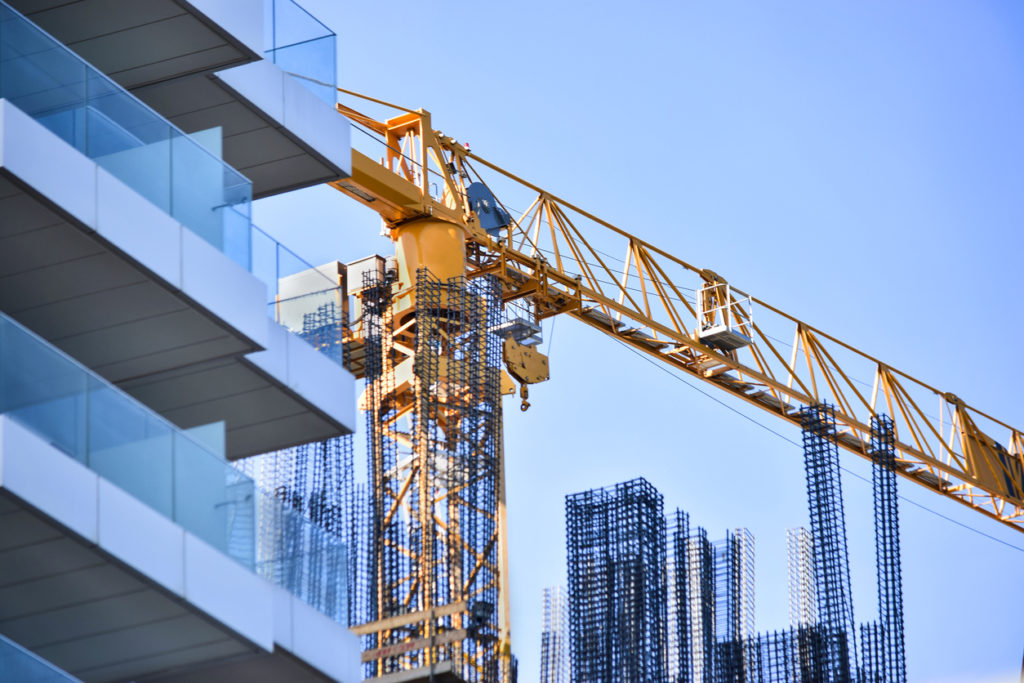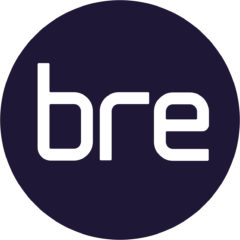Construction Products Regulation (CPR) are a set of European Union (EU) directives that apply to construction products that sell or distribute within the EU single market. CPR applies to construction products covered by the Construction Products Directive (CPD or 89/106/EEC). The CPR establishes the essential requirements that construction products must meet and ensures that these products are safe, reliable, and perform as intended. These requirements are designed to ensure the safety, performance, and sustainability of construction products and to harmonise the technical requirements across the EU’s industry.
The essential requirements of the CPR cover a wide range of areas. BRE Global Ireland can help with certification for the following product types:
- Internal partition kits
- Non load bearing permanent shutterings: kits/systems based on hollow blocks or panels of insulating materials and sometimes, concrete
- Post-tensioning kits for the prestressing of structures
- Liquid applied roof waterproofing kits
- Self-supporting translucent roof kits (except glass-based kits)
- Fire stopping, fire sealing and fire protection products
- Timber frame and log prefabricated building kits
- Prefabricated stair kits
- Thermal insulating products
- Light composite wood-based beams and columns
- Doors, windows, shutters, blinds, gates and related building hardware
- Pedestrian doorsets, industrial, commercial, garage doors and windows
- Cold Storage Premises Kits
- Fire stopping, fire sealing and fire protective products
- Metal Frame Building Kits
- Prefabricated Building Units
- Fire alarm/detection, fixed fire-fighting, fire and smoke control and explosion suppression products.
- External thermal insulation composite systems/kits with rendering
- Fasteners for structural timber products
- Systems of mechanically fastened flexible roof waterproofing membranes
- Prefabricated wood-based load-bearing stressed skin panels and self-supporting composite lightweight panels
- Prefabricated wood-based load-bearing stressed skin panels and self-supporting composite lightweight panels
- Power, control and communication cables (1/3) – Power, control and communication cables
- Doors, windows, shutters, blinds, gates and related building hardware (1/1) – Internal pedestrian fire resisting and/or smoke control single or double leaf doorsets made of steel
- Fire stopping, fire sealing and fire protection products
- Metal anchors for concrete, including:
- Anchors for multiple use for non-structural application
- Bonded anchors
- Deformation controlled expansion anchors
- General
- Torque controlled expansion anchors
- Undercut anchors
- Structural sealant glazing kits of types (curtain walling) – Structural sealant glazing kits, Types II and IV (for external walls and roofs)
- Structural timber products (1/3) : – Solid structural timber products
- Wood -based panels
- Plastic anchors for use in concrete and masonry
Construction Products Regulation - how to comply
It is important for manufacturers to stay informed of changes and updates to the CPR and its essential requirements to ensure their products remain compliant. Working with a team of experts, such as a compliance consultant, can help you stay informed and ensure your products meet the latest requirements.To ensure compliance with the Construction Products Regulation (CPR), manufacturers must follow a specific process that involves several steps:
1. Conduct a risk assessment
The first step is to conduct a risk assessment of your product to determine the relevant essential requirements of the CPR that apply.
2. Perform relevant testing
Based on the results of the risk assessment, the manufacturer must perform the appropriate tests to demonstrate the product’s compliance with CPR. This can include laboratory testing, field testing, or a combination of both.
3. Prepare technical documentation
The manufacturer must prepare and maintain technical documentation, including test reports and technical data sheets, to support their product’s compliance with the CPR.
4. Declare performance
The manufacturer must prepare a Declaration of Performance (DoP) that declares the performance of their product in relation to CPR’s essential requirements. The DoP must be made available to customers upon request.
5. Affix the CE marking
The manufacturer must affix the CE marking to their product to indicate that it complies with the CPR and all relevant EU regulations.
6. Maintain records
The manufacturer must maintain records of their product’s compliance with the CPR, including test reports, technical documentation, and the Declaration of Performance.
7. Monitor changes
The CPR and its essential requirements are subject to change, and manufacturers must stay informed of any updates and changes to ensure their products remain compliant.
What is the relationship between CPR and CE marking?
CE marking is a mandatory requirement for construction products covered by construction products regulation. The CE marking indicates that the construction product meets the essential requirements of the CPR and is suitable for use in the European Economic Area (EEA). The CE marking is applied to the construction product by the manufacturer and is a vital part of the CPR compliance process.

What are harmonised technical specifications, and how do they relate to CPR?
Harmonised technical specifications are technical standards that have been established at the European Union (EU) level to ensure the uniform application of EU legislation and to promote the free movement of goods within the EU. They are a means of ensuring that products placed on the market within the EU meet the essential requirements of relevant EU legislation.
By using harmonised technical specifications, manufacturers can demonstrate the performance of their construction products in a consistent and reliable way. This helps to reduce the administrative burden and costs associated with testing and technical documentation and promotes fair competition within the EU.
It is important for manufacturers to stay informed of updates and changes to harmonised technical specifications to ensure their products remain compliant with the construction products regulation and relevant EU legislation.
What is Declaration of Performance and how does it relate to CPR?
A Declaration of Performance (DoP) is a statement made by the manufacturer, declaring the performance of their product in relation to specific essential requirements. This includes information such as the product’s performance characteristics, suitability for intended use, and compliance with the CPR. A DoP must accompany each construction product and be made available to customers upon request and is a legally binding document and must be provided with the construction product before it is placed on the market.
Why do you need to comply with the Construction Products Regulation?
The Construction Products Regulation (CPR) aim to ensure the safety and health of people and the environment during the construction process. The CPR applies to all construction products placed on the market within the European Economic Area (EEA). The CPR sets essential requirements for construction products such as fire safety, mechanical resistance, and stability, and ensures that the construction products meet these requirements before they are placed on the market.
As a manufacturer, you must ensure that your products comply with CPR. This includes performing relevant testing, providing appropriate technical documentation, and affixing the CE marking to your products. The CE marking demonstrates that your products meet the relevant EU regulations, including the CPR.
Non-compliance with CPR can result in significant financial penalties, reputational damage, and even legal action. That’s why it’s essential to work with a team of experts who can help you navigate the complexities of the regulation and ensure your products are fully compliant.

Benefits of compliance with Construction Products Regulation
- Compliance with the CPR offers several benefits, including:
- Improved safety and health of people and the environment during the construction process
- Increased market access for construction products within the EEA
- Improved consumer confidence in construction products
- A level playing field for manufacturers and suppliers within the EEA
What are Notified Bodies and Technical Assessment Bodies?
Notified Bodies (NBs) and Technical Assessment Bodies (TABs) are organisations that are authoried by the European Commission to assess construction products for compliance with the CPR. NBs assess the construction products for compliance with the essential requirements of the CPR and provide technical assessment bodies with the necessary information to issue the European Technical Assessment (ETA). TABs issue the ETA, which provides evidence that the construction product meets the essential requirements of the CPR.
Why choose BRE Global Ireland?
At BRE Global Ireland, we have a wealth of experience in the construction industry and a deep understanding of construction products regulation. Our team of experts can help you understand the regulations, conduct comprehensive testing of your products, and provide ongoing support to help you maintain compliance. With our state-of-the-art facilities and commitment to providing high-quality services, we are the trusted partner for companies looking to comply with the CPR. Contact us today to find out more.
Please note that ISO 17020, the international standard for the accreditation of inspection bodies, has been withdrawn as of January 1, 2023. As a result, all third-party equipment design (TPED) certificates issued under the accreditation of inspection bodies accredited to ISO 17020 are no longer valid. It is recommended that you verify the accreditation status of any inspection body before relying on any TPED certificate issued by them.
Contact us
Find out how we can help with all CPR questions and queries. BRE Global Ireland is a Notified Body and can assist with all business enquiries.


